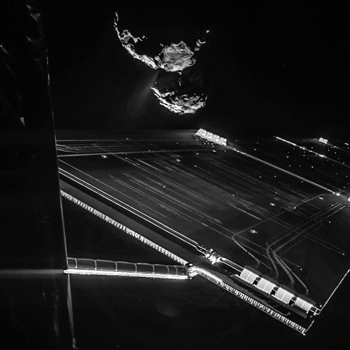A balanced lever has two weights on it, the first with mass #7 kg # and the second with mass #25 kg#. If the first weight is # 7 m# from the fulcrum, how far is the second weight from the fulcrum?
1 Answer
the second weight is 1.96 m far from the fulcrum
Explanation:
Let's consider the system made up by the lever and the weights.
The system is in equilibrium.
Since we are considering only the rotative motion of the lever, the problem could be solved thanks to the 2nd principle of dynamics in its angular form:
Where
The system is in equilibrium, so
We have 2 forces acting on the system:
#W_1= 7 kg * g ~~ 68.67 N# #W_2= 25 kg * g ~~ 245.25 N#
The moment
(being d the distance between O and the point where F is applied)
We have to calculate the moments of
The angle between W and d is 90°: the cross products becomes simple products. Besides, the two moments must have opposite signs (we are assuming the fulcrum is located between the two weights).

